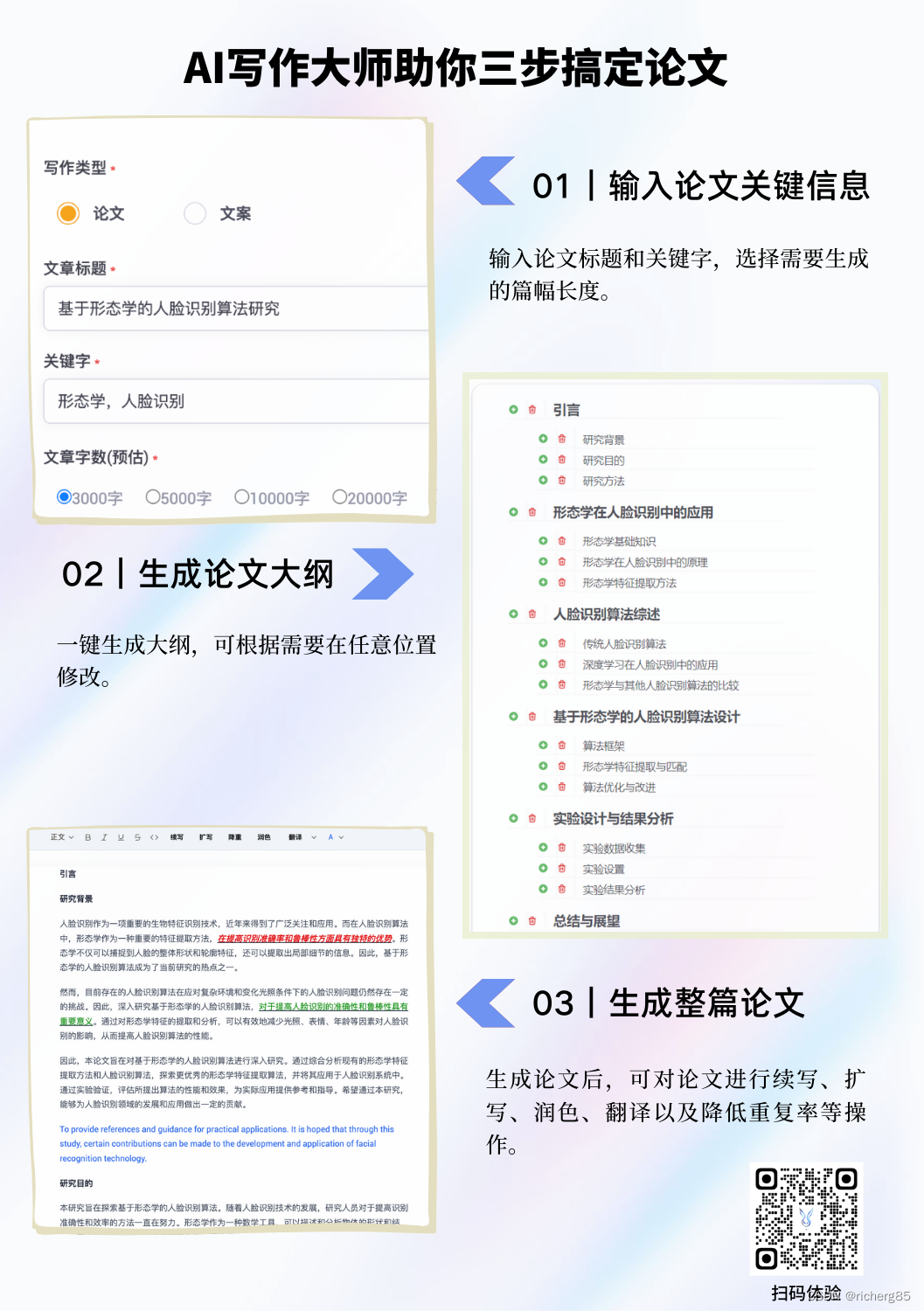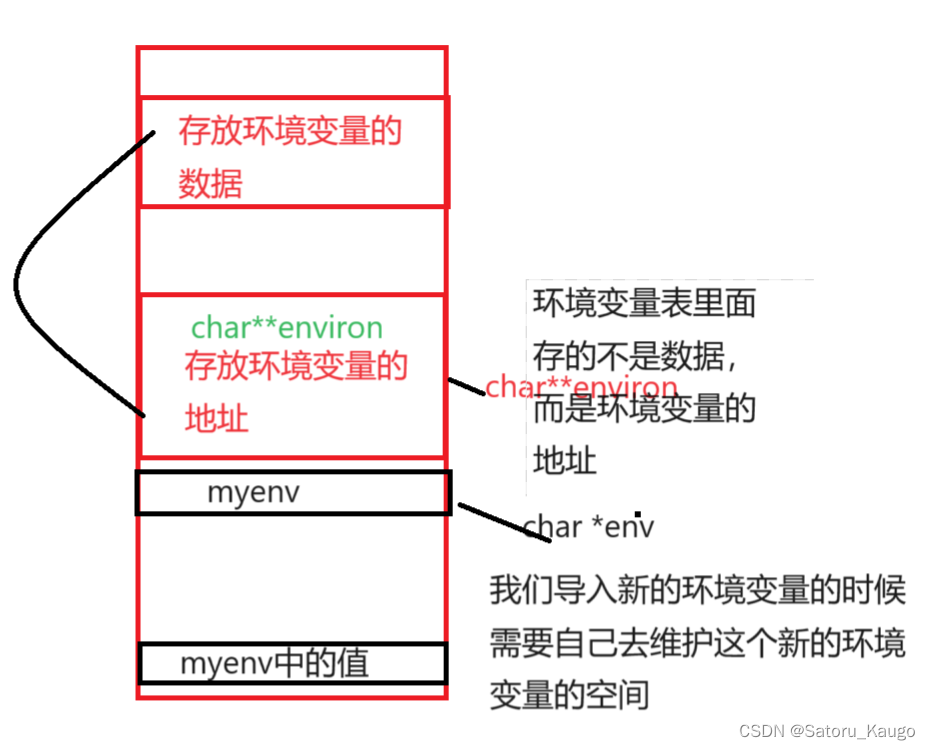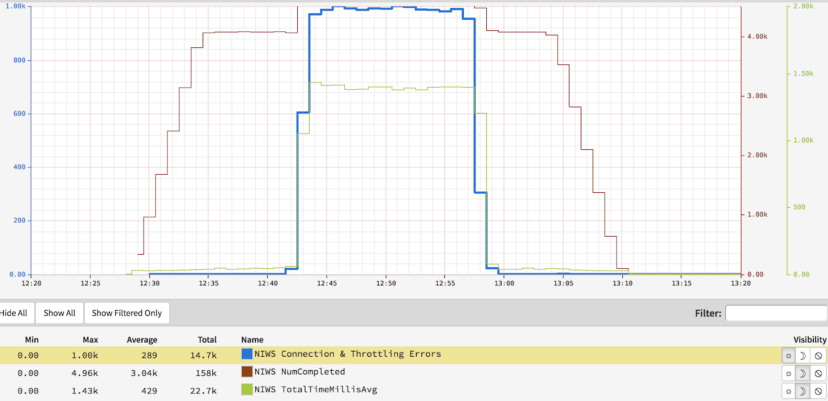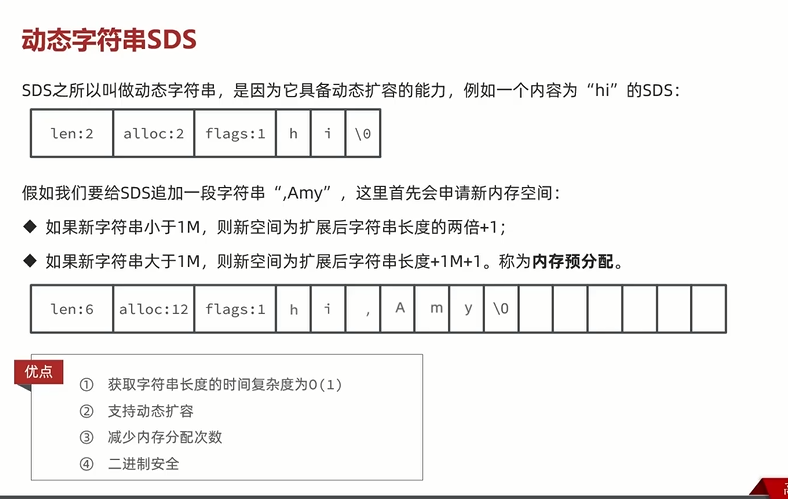目录
一、SpringCloudAlibaba 项目完整搭建
1.1、初始化项目
1.1.1、创建工程
1.1.2、配置父工程的 pom.xml
1.1.3、创建子模块
1.2、user 微服务
1.2.1、配置 pom.xml
1.2.2、创建 application.yml 配置文件
1.2.3、创建启动类
1.2.4、测试
1.3、product 微服务
1.3.1、配置 pom.xml
1.3.2、创建 application.yml 配置文件
1.3.3、创建启动类
1.3.4、测试
1.4、引入 OpenFeign,进行远程调用
1.4.1、引入依赖
1.4.2、实现远程调用
1.5、user 微服务集成 Sentinel
1.5.1、引入 sentinel 依赖
1.5.2、在 application.yml 中配置 sentinel
1.5.3、测试
1.6、网关微服务
1.6.1、配置 pom.xml
1.6.2、创建 application.yml 并配置网关
1.6.3、创建启动类
1.6.4、测试
1.7、nacos 实现配置中心
1.7.1、建议
1.7.2、引入 nacos 配置中心依赖
1.7.3、在 nacos 上创建配置
一、SpringCloudAlibaba 项目完整搭建
1.1、初始化项目
1.1.1、创建工程
a)先创建一个空项目,名字自定义.

Ps:
1. 这里也可以不创建空项目,而是直接创建一个 Maven 项目作为父项目,然后删掉 src 目录即可.
2. 还有一种更方便的管理办法,就是直接创建一个 Spring Boot 项目做为父项目,这样就可以提前引入好依赖,然后只留下 pom.xml 、.gitinore 、.idea 即可.
b)在刚刚的空项目下创建整个项目的父模块

c)父工程下的 src 可以删了,没用
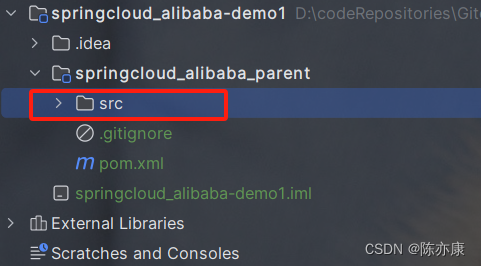
d)最后直接用 IDEA 打开空项目下的父工程(否则 Java 文件不生效)
1.1.2、配置父工程的 pom.xml
a)引入依赖如果没有语法提示,可以这样添加索引

b)配置依赖如下
<?xml version="1.0" encoding="UTF-8"?>
<project xmlns="http://maven.apache.org/POM/4.0.0"xmlns:xsi="http://www.w3.org/2001/XMLSchema-instance"xsi:schemaLocation="http://maven.apache.org/POM/4.0.0 http://maven.apache.org/xsd/maven-4.0.0.xsd"><modelVersion>4.0.0</modelVersion><groupId>org.example</groupId><artifactId>springcloud_alibaba_parent</artifactId><version>1.0-SNAPSHOT</version><!--配置版本信息--><properties><java.version>8</java.version><spring-cloud.version>Hoxton.SR8</spring-cloud.version><spring-cloud-alibaba.version>2.2.5.RELEASE</spring-cloud-alibaba.version></properties><!--parent--><parent><groupId>org.springframework.boot</groupId><artifactId>spring-boot-starter-parent</artifactId><version>2.3.9.RELEASE</version></parent><dependencies><!--基本上每个项目都需要日志--><dependency><groupId>org.projectlombok</groupId><artifactId>lombok</artifactId></dependency></dependencies><!--管理依赖规范--><dependencyManagement><dependencies><!-- springCloud --><dependency><groupId>org.springframework.cloud</groupId><artifactId>spring-cloud-dependencies</artifactId><version>${spring-cloud.version}</version><type>pom</type><scope>import</scope></dependency><!-- spring-cloud-alibaba --><dependency><groupId>com.alibaba.cloud</groupId><artifactId>spring-cloud-alibaba-dependencies</artifactId><version>${spring-cloud-alibaba.version}</version><type>pom</type><scope>import</scope></dependency></dependencies></dependencyManagement></project>Ps:SpringCloud Alibaba 、SpringCloud、SpringBoot 各版本对应说明 如下
https://github.com/alibaba/spring-cloud-alibaba/wiki/%E7%89%88%E6%9C%AC%E8%AF%B4%E6%98%8E
例如按照上述文档,这里给出一个更新的版本样式(稳定).
<parent><groupId>org.springframework.boot</groupId><artifactId>spring-boot-starter-parent</artifactId><version>2.6.3</version><relativePath/> <!-- lookup parent from repository --></parent><properties><java.version>1.8</java.version><mybatis-spring-boot.version>2.3.1</mybatis-spring-boot.version><mysql.version>5.1.49</mysql.version><spring-cloud.version>2021.0.1</spring-cloud.version><spring-cloud-alibaba.version>2021.0.1.0</spring-cloud-alibaba.version></properties><!--维护依赖--><dependencyManagement><dependencies><!-- spring-cloud --><dependency><groupId>org.springframework.cloud</groupId><artifactId>spring-cloud-dependencies</artifactId><version>${spring-cloud.version}</version><type>pom</type><scope>import</scope></dependency><!-- spring-cloud-alibaba --><dependency><groupId>com.alibaba.cloud</groupId><artifactId>spring-cloud-alibaba-dependencies</artifactId><version>${spring-cloud-alibaba.version}</version><type>pom</type><scope>import</scope></dependency><!--mybatis--><dependency><groupId>org.mybatis.spring.boot</groupId><artifactId>mybatis-spring-boot-starter</artifactId><version>${mybatis-spring-boot.version}</version></dependency><!--mysql--><dependency><groupId>mysql</groupId><artifactId>mysql-connector-java</artifactId><version>${mysql.version}</version></dependency><!--spring-boot-test--><dependency><groupId>org.springframework.boot</groupId><artifactId>spring-boot-starter-test</artifactId><scope>test</scope></dependency><!--mybatis-test--><dependency><groupId>org.mybatis.spring.boot</groupId><artifactId>mybatis-spring-boot-starter-test</artifactId><version>${mybatis-spring-boot.version}</version><scope>test</scope></dependency></dependencies></dependencyManagement>
1.1.3、创建子模块
在父工程下创建 4 个 module
- user:用户微服务(案例).
- product:商品微服务(案例).
- gateway:网关微服务.
- model:模组微服务,用来管理实体类,公共依赖(例如 user 微服务和 product 微服务中都需要 spring web 依赖,那么只需要将这个依赖放到 model 中,然后在 user 和 product 中分别引入 model 模块即可)

1.2、user 微服务
1.2.1、配置 pom.xml
用户微服务所需依赖如下(按需引入):
<dependencies><!--web--><dependency><groupId>org.springframework.boot</groupId><artifactId>spring-boot-starter-web</artifactId></dependency><!--nacos-discovery--><dependency><groupId>com.alibaba.cloud</groupId><artifactId>spring-cloud-starter-alibaba-nacos-discovery</artifactId></dependency><!--openFeign--><dependency><groupId>org.springframework.cloud</groupId><artifactId>spring-cloud-starter-openfeign</artifactId></dependency><!--sentinel--><dependency><groupId>com.alibaba.cloud</groupId><artifactId>spring-cloud-starter-alibaba-sentinel</artifactId></dependency></dependencies>
Ps:不要一开始就引入这么多,按需引入!尤其是 nacos config配置 依赖,如果引入不使用就会报错!
1.2.2、创建 application.yml 配置文件
配置端口号,以及 nacos 地址
server:port: 8090spring:application:name: usercloud:nacos:server-addr: localhost:8890
1.2.3、创建启动类
@SpringBootApplication
@EnableDiscoveryClient // nacos 服务发现(可以省略)
public class UserApplication {public static void main(String[] args) {SpringApplication.run(UserApplication.class, args);}}
启动 user 微服务,就可以看到 nacos 中存在该服务了

1.2.4、测试
创建 UserController,如下
@Slf4j
@RestController
@RequestMapping
public class UserController {@Value("${server.port}")private int port;@GetMapping("/user")public String user() {log.info("user ok! port={}", port);return "user ok! port=" + port;}}
postman 测试结果如下:

1.3、product 微服务
1.3.1、配置 pom.xml
用户微服务所需依赖如下(按需引入):
<dependencies><!--web--><dependency><groupId>org.springframework.boot</groupId><artifactId>spring-boot-starter-web</artifactId></dependency><!--nacos-discovery--><dependency><groupId>com.alibaba.cloud</groupId><artifactId>spring-cloud-starter-alibaba-nacos-discovery</artifactId></dependency><!--openFeign--><dependency><groupId>org.springframework.cloud</groupId><artifactId>spring-cloud-starter-openfeign</artifactId></dependency><!--sentinel--><dependency><groupId>com.alibaba.cloud</groupId><artifactId>spring-cloud-starter-alibaba-sentinel</artifactId></dependency></dependencies>
Ps:不要一开始就引入这么多,按需引入!尤其是 nacos config配置 依赖,如果引入不使用就会报错!
1.3.2、创建 application.yml 配置文件
配置端口号,以及 nacos 地址
server:port: 8091spring:application:name: productcloud:nacos:server-addr: localhost:8890
1.3.3、创建启动类
@SpringBootApplication
@EnableDiscoveryClient //可省略
public class ProductApplication {public static void main(String[] args) {SpringApplication.run(ProductApplication.class, args);}}
启动 user 微服务,就可以看到 nacos 中存在该服务了

1.3.4、测试
创建 UserController,如下
@Slf4j
@RestController
@RequestMapping
public class UserController {@Value("${server.port}")private int port;@GetMapping("/user")public String user() {log.info("user ok! port={}", port);return "user ok! port=" + port;}}
postman 测试结果如下:
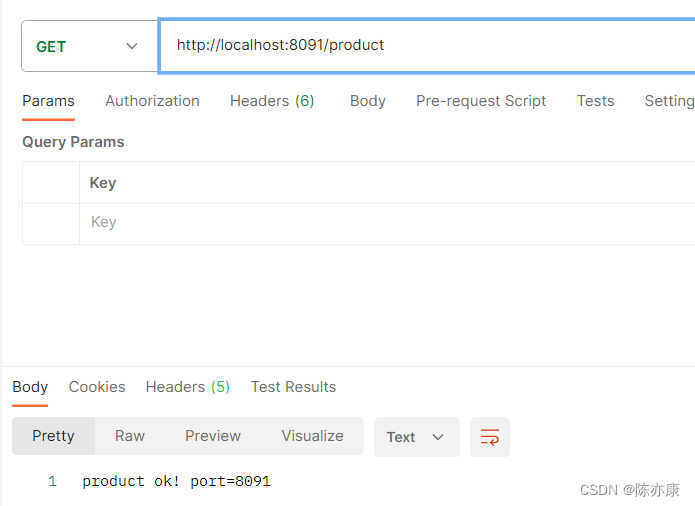
1.4、引入 OpenFeign,进行远程调用
1.4.1、引入依赖
在 user 微服务中引入 openfeign 依赖(这里只是举例,实际开发中,按需引入).
<!--openFeign--><dependency><groupId>org.springframework.cloud</groupId><artifactId>spring-cloud-starter-openfeign</artifactId></dependency>注意:由于SpringCloud Feign高版本(例如 springcloud 2021.0.1)不使用Ribbon而是使用spring-cloud-loadbalancer,所以需要引用spring-cloud-loadbalancer或者降版本
<dependency><groupId>org.springframework.cloud</groupId><artifactId>spring-cloud-loadbalancer</artifactId></dependency>
1.4.2、实现远程调用
a)在 user 微服务中创建一个 product 微服务 feign 接口
@FeignClient("product")
public interface ProductClient {@GetMapping("/product")String product();}
b)在启动类中开启 feign 客户端
@SpringBootApplication
@EnableDiscoveryClient // nacos 服务发现(可以省略)
@EnableFeignClients // 开启 openfeign 远程调用
public class UserApplication {public static void main(String[] args) {SpringApplication.run(UserApplication.class, args);}}
c)如果是高版本的 SpringCloud,那么就需要使用 SpringCloud LoadBalencer 做负载均衡.
具体的添加@LoadBalancerClient注解:在调用服务的Service类上添加@LoadBalancerClient注解,并指定服务名。这样,负载均衡器将根据配置的属性来选择合适的服务实例进行调用。例如:
如下:
@FeignClient(value = "service-name", configuration = LoadBalancerClientConfig.class)
public interface MyService { @LoadBalanced //启用负载均衡@GetMapping("/endpoint") String getEndpointData();
}d)在 UserController 中进行远程调用.
@GetMapping("/user")public String user() {log.info("user ok! port={}", port);//远程调用 productString result = productClient.product();log.info("远程调用 result: {}", result);return "user ok! port=" + port;}
执行结果如下:

1.5、user 微服务集成 Sentinel
1.5.1、引入 sentinel 依赖
在 user 微服务中引入 sentinel 依赖
<!--sentinel--><dependency><groupId>com.alibaba.cloud</groupId><artifactId>spring-cloud-starter-alibaba-sentinel</artifactId></dependency>
1.5.2、在 application.yml 中配置 sentinel
server:port: 8090spring:application:name: usercloud:nacos:server-addr: localhost:8890sentinel:eager: true # 立即触发 sentineltransport:dashboard: localhost:8891
1.5.3、测试
a)打开 sentinel 控制台
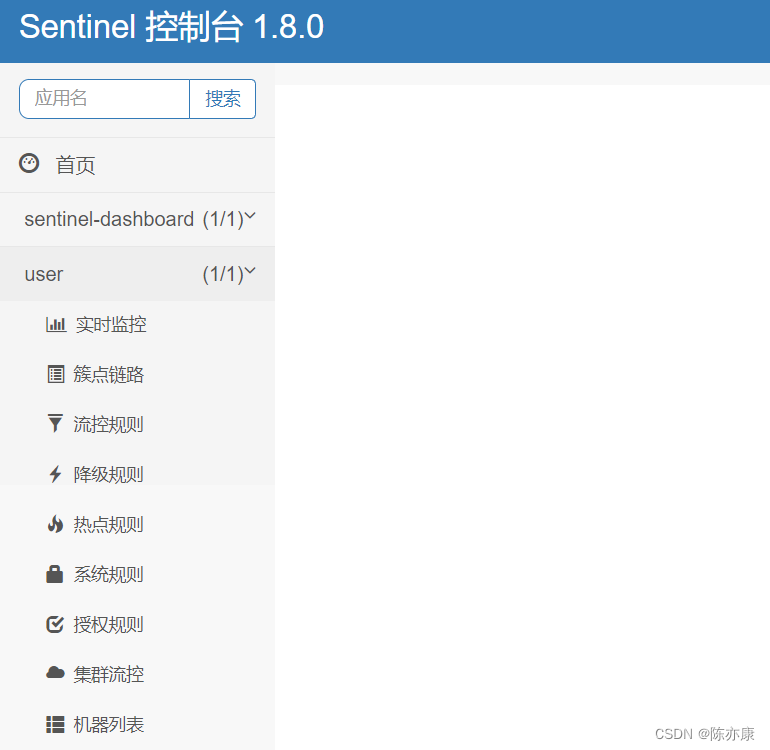
b)设置流控规则为 1秒 / 3次点击.

c)测试后限流生效
1.6、网关微服务
1.6.1、配置 pom.xml
<dependencies><!--gateway--><dependency><groupId>org.springframework.cloud</groupId><artifactId>spring-cloud-starter-gateway</artifactId></dependency><!--nacos--><dependency><groupId>com.alibaba.cloud</groupId><artifactId>spring-cloud-starter-alibaba-nacos-discovery</artifactId></dependency></dependencies>
如果使用的是 springcloud高版本(例如 2020.1.0),那么 gateway 中的 ribbon 负载均衡已经被剔除了,因此需要引入 springcloud loadbalencer 作为 gateway 的负载均衡.
<dependency><groupId>org.springframework.cloud</groupId><artifactId>spring-cloud-loadbalancer</artifactId></dependency>
引入此依赖后,可能还会报 cache 的警告,引入一下两个依赖即可
<dependency><groupId>com.github.ben-manes.caffeine</groupId><artifactId>caffeine</artifactId></dependency><dependency><groupId>org.springframework</groupId><artifactId>spring-context-support</artifactId></dependency>
1.6.2、创建 application.yml 并配置网关
server:port: 18080spring:application:name: gatewaycloud:nacos:server-addr: localhost:8890gateway:routes:- id: users_router# uri: http://localhost:9090 无负载均衡uri: lb://user # lb 表示负载均衡predicates:- Path=/user- id: products_router# uri: http://localhost:9091uri: lb://productpredicates:- Path=/product
另外,如果配置跨域,如下:
server:port: 18080spring:application:name: gatewaycloud:nacos:server-addr: localhost:8890gateway:routes:- id: users_router# uri: http://localhost:9090 无负载均衡uri: lb://user # lb 表示负载均衡predicates:- Path=/user- id: products_router# uri: http://localhost:9091uri: lb://productpredicates:- Path=/productglobalcors: # 全局跨域处理cors-configurations:'[/**]':allowedMethods: "*"allowedHeaders: "*"allowedOriginPatterns: "*" # 2.4 以后版本不可以写成 allowedOriginallowCredentials: true
1.6.3、创建启动类
@SpringBootApplication
@EnableDiscoveryClient //(可省略)
public class GatewayApplication {public static void main(String[] args) {SpringApplication.run(GatewayApplication.class, args);}}
1.6.4、测试
通过网关访问 user 微服务和 product 微服务
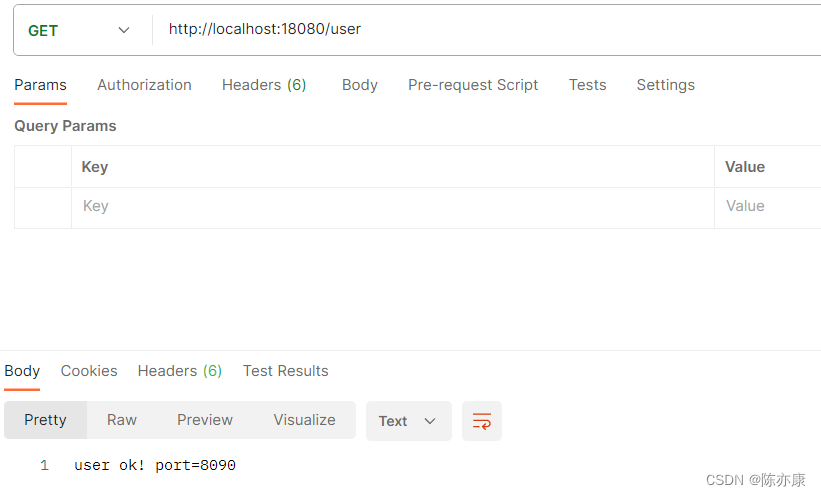

1.7、nacos 实现配置中心
1.7.1、建议
一般来说,项目初期开发只用三个组件:nacos注册中心、gateway网关、openFeign声明式远程调用。
值得注意的是,前期项目开发完成之前,也不要使用 nacos 配置中心,原因如下:
- 因为一旦需要改什么配置,还需要打开 nacos 修改,容易分心,建议就先用项目中 application.yml 即可
- 引入依赖,但不配置,会报错.
1.7.2、引入 nacos 配置中心依赖
这里以 user 微服务为例,引入 nacos 配置中心依赖.
<!--nacos config--><dependency><groupId>com.alibaba.cloud</groupId><artifactId>spring-cloud-starter-alibaba-nacos-config</artifactId></dependency>
注意:SpringCloudAlibaba 高版本(例如 springcloud-alibaba 2021.0.1.0)会忽略 bootstrap.yml 文件,因此需要加上以下配置
<dependency><groupId>org.springframework.cloud</groupId><artifactId>spring-cloud-starter-bootstrap</artifactId></dependency>
1.7.3、在 nacos 上创建配置
a)在 nacos 上创建一个命名空间

b)在配置管理中选择刚创建的命名空间 demo1
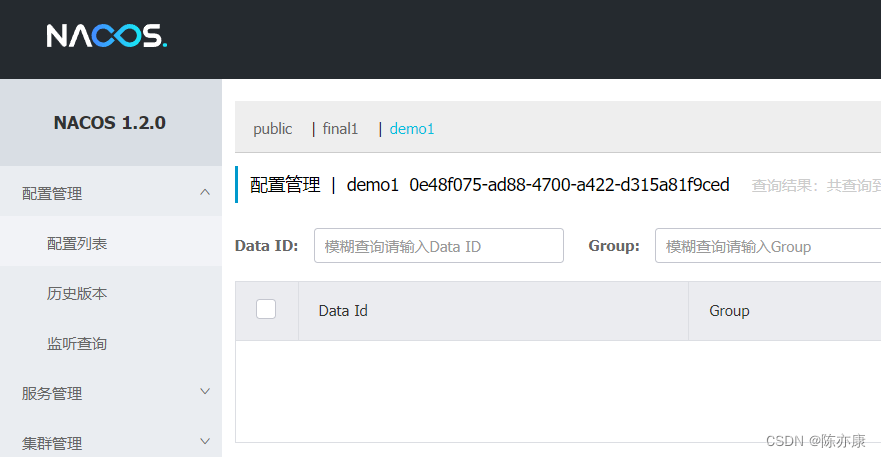
c)创建一个新的配置文件,接着就可以把 user 微服务 yml 中配置所有信息都放到 nacos 上进行统一管理,随后点击发布

Ps:配置内容不要有注释! 天坑!
d)创建 bootstrap.yml 配置文件,用来拉去 nacos 上的配置文件.
# 远端配置中心是谁
spring:cloud:nacos:server-addr: locahost:8890config:# 使用 nacos 中的哪个 namespacenamespace: 0e48f075-ad88-4700-a422-d315a81f9ced# 使用 nacos 中的哪个组group: user# 使用 nacos 中的哪个 dataId 1.name+文件后缀 2.文件名+env+后缀name: user-prodfile-extension: yml
Ps:原先的 application.yml 就可以删除了.

